This article aims to present the fundamentals of IoT hardware standpoint. To be exact, everyone must know the hardware and software aspects of the technology they are working with. Even IoT product managers must be thoroughly aware of the critical elements needed for IoT hardware.
1. What is IoT hardware?
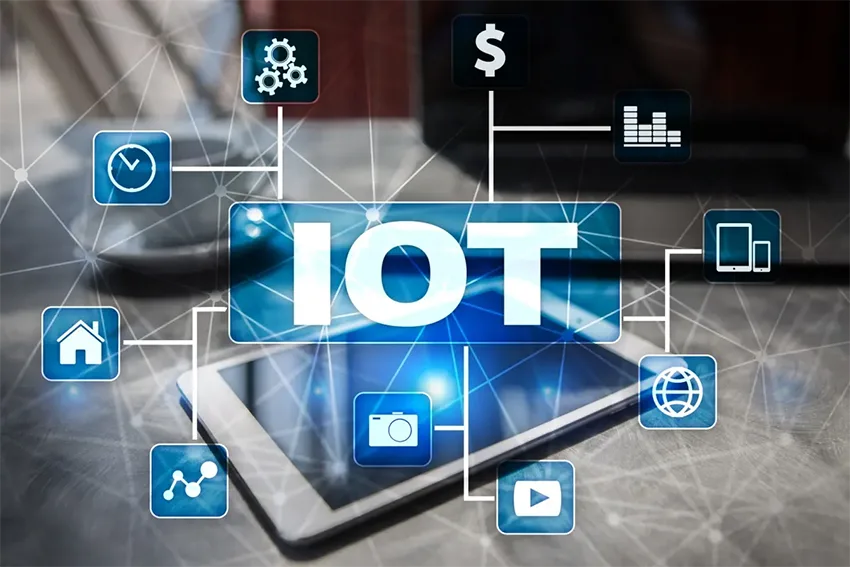
Making products with this technology is not as simple as it might seem because the IoT hardware component determines IoT products’ cost, performance, experience, and application. Unfortunately, only 20% of IoT professionals can handle this part because the skills required are very different from those for software. Due to the recent advancement, security is also a concern when working with the hardware circuits of linked devices.
2. What are the different types of hardware used in IoT?
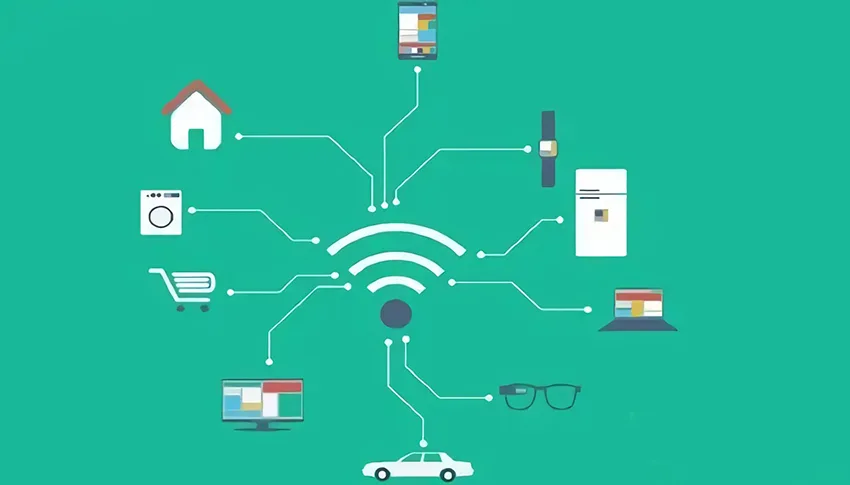
Almost all IoT hardware devices have the same fundamental components, regardless of the kind of device that is created. The following are the top three hardware elements used in this technology:
Sensors: They collect data from within.
Microcontroller: A microcontroller receives data from sensors, processes it, and decides how to respond to various forms of information.
Medium: Some radio chips, network protocols, and wireless modules are the micro-components that enable this by moving data across various transmission modules to the cloud.
Depending on their function, these components provide a variety of experiences, but these three components make up their physical structure.
For instance, since variables like room temperature do not vary rapidly, real-time sensor data recording in a thermostat will not function if other parameters are altered at predetermined intervals.
Additionally, the conveyor belt must be changed often in the automation sector since failure to do so might result in the motor heating up and emitting smoke. This is because load variations can cause the motor to begin to murmur.
IoT applications do not alter how sensors, microcontrollers, or communication components function. The sensor will record various HVAC (warm air, ventilation, and cold air) system temperature readings in the first scenario. It will also record the conveyor belt frequency that the motor driver produces in the second scenario. The measurement is improved and adjusted by a signal regulating circuit before being sent to the next construction block. The microprocessor then processes the sensor data to function following ambient temperature or conveyor belt speed while also adjusting the motor controller. Ultimately, media or communication circuits link to cloud computing resources, which may help analyze data from conveyor belt sensors or tell owners of their altered room temperature.
3. How do IoT hardware and software work
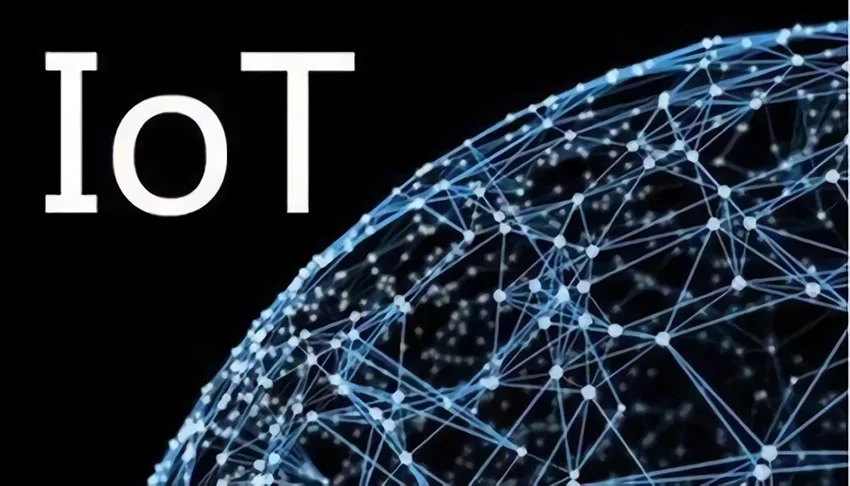
The essential elements of an IoT system
Hardware
The Internet of Things is made up of billions of linked objects, most often sensors and actuators, that let you perceive or influence the physical environment around you. These devices need basic processing and storage capabilities, usually supplied by microcontrollers, system-on-chips (SoC), or field programmable gate arrays (FPGAs). They also need network access to relay the data they gather.
Embedded programming
IoT gadgets are embedded gadgets. For prototyping, they may make use of commercial microcontroller platforms (like Arduino) before subsequently creating their printed circuit boards (PCBs). These platforms demand expertise in circuit design, microcontroller programming, and a thorough grasp of the hardware communication protocols used to link connected sensors and actuators to the microcontroller, such as serial, I2C, or SPI. Typically, embedded applications are created in C ++ or C. However, for developing and expanding IoT systems, Python and JavaScript (for UIs and platforms) are gaining popularity.
Security
In the Internet of Things, security is one of the most critical concerns and is directly tied to data ethics, privacy, and responsibility. Every stage of the system design must include it. The number of possible (or actual) attack media expands daily as thousands of new gadgets are linked. With so much at risk, having security engineering skills is essential. These skills include threat assessment, ethical hacking, encryption, safeguarding network infrastructures and applications, event monitoring, activity logging, and threat intelligence.
Networking and clustering
Due to the vast number of linked devices and the potential effects that network design choices may have on deployed large-scale IoT systems, network design and management are essential in the IoT.
Cloud infrastructure is utilized in IoT applications for business logic implementation and data processing, analysis, and storage. Devices may interact with one another and with cloud-based programs and services thanks to connectivity. Real-time data streaming and cloud aggregation are necessary for the effective operation of the Internet of Things, even though cloud computing and the Internet of Things are completely different technologies.
Data analysis and forecasting
Developers will need to securely and reliably collect, store, and analyze massive volumes of heterogeneous data emanating from IoT devices since the number of IoT devices that communicate data is increasing daily. Instead of transmitting all the data to the server, it might be helpful to filter or delete unnecessary data at the network’s edge since many IoT devices produce time- or latency-sensitive data.
Artificial intelligence and machine learning
Artificial intelligence and machine learning are helpful components of IoT systems that may be used to create value and use the enormous quantity of data produced by IoT devices. These strategies impart machine learning by exposing computers to a lot of information about the issue. These methods may be used to do predictive analysis on sensor data streams in real-time and generate autonomous judgments based on incoming data. You may use machine learning to find trends or abnormalities in historical data, which can help you make critical judgments.
Internet of Things and Industry
The Industrial Internet of Things (IIoT), also known as Industry 4.0 and the Fourth Industrial Revolution (I4), has emerged as a result of the influence of IoT on industrial ecosystems (or “IIoT”). Physically linked industrial assets, such as those in production workshops and connected logistical tools and procedures, are referred to as an “interconnected ecosystem.”
4. What is the cost of IoT hardware
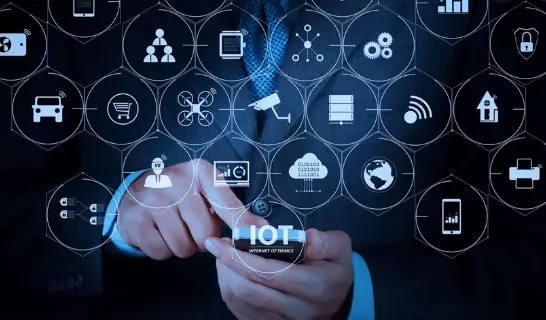
How to find reasonable budget expectations for IoT projects and how to add value.
Every IoT solution exists to provide value. And the value must be greater than the expense. Making a solid business case should be your priority as the product owner. Knowing the value of your business case helps you determine how valuable your solution is. (This isn’t simple in and of itself; we’ll go into greater depth shortly.) However, how do you calculate the price? Let’s divide the expenses into these three groups:
• Development costs
• Production cost
• Operating costs
The up-front expense of creating a solution is called the development cost. This mostly represents the expense of developing specialized hardware and software.
The cost per unit to produce an IoT device is known as the production cost. Costs associated with plants, software, and hardware are included.
Operating expenses for an IoT system are referred to as operational expenses. Fees for cloud hosting and software licensing are included.
Let’s examine each one individually.
IoT Hardware Development costs
Every IoT solution is unique. But every IoT solution has one thing in common: they all need specialized hardware and software. Additionally, it would be best if you created hardware and software. Costs for development are incurred. The level of customization needed will determine how much the development will cost.
Software development is often more straightforward (and less costly). However, since there is a lot of software, it will cost more to build it than it would construct hardware. In a few situations, customized software is necessary:
- Customized embedded software (firmware) to work with specific hardware
- individual smartphone apps
- unique front-end (smartphone and Web applications)
- Customize the business logic on the back end.
- Integration software for specialized back-end applications
- Make testing software
The development cost will be at least $100,000 or more since a lot of the software has to be modified.
The cost of production
Production expenses are incurred when the hardware is created after the solution has been devised. Costs of production may be split into:
- The cost of each chip on the hardware board is listed in the bill of materials (BOM).
- Cost of production: The price associated with making each piece of hardware.
- Cost of production testing: the price of putting parts and machinery through their paces.
Operating costs
IoT systems need servers and software to function. These servers have running expenses. In the era of the cloud, renting computer power is simple. You may start small and grow simply with the cloud as demand rises. It’s not always simple to calculate the sum of these expenses. In general, any decent back-end solution should cost you at least $1,000 per month.
How to achieve cost effectiveness
Going the inexpensive option is not cost-effective. Knowing what you must create and then executing it properly is critical. Being too cheap runs the danger of leading to a failing endeavor. Nobody wants that. The secret is to keep your attention on what matters most about the solution throughout the project:
- Does my approach provide a sufficient solution to the problem?
- Do enough people have this issue that my solution would work?
There are 4 phases in the method:
- Create a business case. (In other words, provide a response to the following: Whose issue am I fixing, and how much are they paying right now to do so?)
- Create testable solutions
- Does my prototype provide a solution to the Step 1 issue?
- Recurring steps
These are challenging tasks, and your first attempt won’t be successful in solving the issue. Failure, however, is not a terrible thing at this time since it is a learning period. It enables you to do one more iteration, with each one taking you one step further to your objective. It will finally inform you of your options. You can determine the solution’s worth after knowing what to construct.
Knowing the value makes it easy:
Value > Cost
Your value should outweigh your cost. It’s that easy.
5. What are the IoT Hardware Platforms
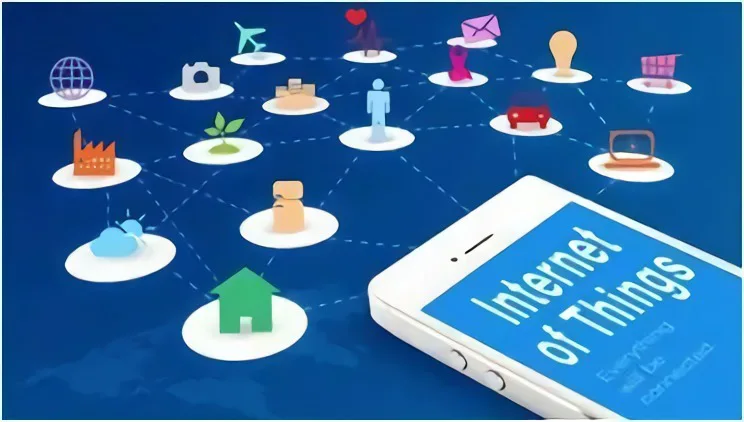
The hardware platform for Particle Internet of Things
The only IoT platform available now that can provide mesh networking to its development environment is Particle. Particle offers a selection of Internet of Things (IoT) hardware packages that can connect to the network through Wi-Fi, cellular (2G/ 3G/LTE), or mesh networks. Additionally, Particle offers a module for industrial connectivity that is intended to expand IoT applications at the corporate level.
The PIoT hardware also includes development tools that let you quickly build cloud-based IoT apps and remotely manage code on remote devices. The Particle platform is best suited for prototyping and may be used to expand a collection of linked items.
Adafruit IoT hardware — feather specifications
Adafruit Feathers is a collection of adaptable, portable, and lightweight development boards for dynamic prototyping on wearable or mobile devices. The goal of Adafruit Feather is to make it simpler for developers to exchange hardware. Feather wings are embellishments made of feathers that may be used on various feather types.
Arduino IoT hardware
The benefit of Arduino IoT is that they offer software tools, support for third-party libraries, a selection of sensors, and resources and communities that may assist with queries.
Focus on introducing several IoT hardware platforms in the section above, and then go on to the official launch of Huaqing Foresight Design’s FS4412 IoT hardware. Internet of automobiles, smart homes, industrial terminals, etc., are examples of application directions.
Examples of the application cases are:
- Products for audio and video (tachographs, video doorbells, network cameras for monitoring and nursing, etc.)
- Products for engagement and communication (social TV, robots, etc.)
- products for collecting data (weight scale, thermometer, air detector, bracelet, etc.)
- items for wireless control (speakers, air purifiers, door locks, etc.)
Supporting CAN modules include: parallel port camera, VGA, Zigbee module, WIFI module, GPS, Bluetooth, AVIN, USB camera, matrix keyboard, RFID module, CAN/RS-485 bus, relay, serial port extension string, etc. They also cover the Internet of Things, industrial field, intelligent terminal, robot instrumentation, and other applications.
6. World-renowned IoT hardware companies
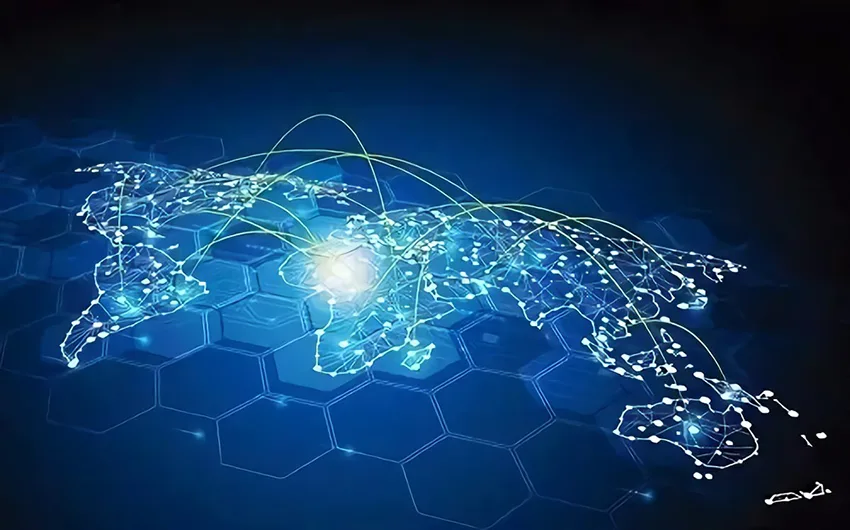
1. Cisco
As the leading networking firm in the world right now, Cisco already has a significant amount of the resources required to introduce goods into the IoT ecosystem and begin establishing connections. According to internal forecasts, the Internet of Things (IoT) will be linked to 50 billion devices by 2020, and Cisco will undoubtedly have something to show for it.
It is now possible for businesses to connect, monitor, and control previously disconnected devices and improve physical security and the protection of digital assets and data thanks to Cisco IoT systems and many other IoT infrastructure technologies that have reached maturity.
2. AT&T: the top Internet of Things carrier in the world
One of the biggest telecom companies in the world, AT&T, has made a point of offering network services for the Internet of Things. Several innovative city projects have been announced by AT&T, including the IoT Smart City Framework and a fresh set of IoT developer tools.
The third behemoth is GE, a prodigious leader in conventional industries’ effective digital transformation.
General Electric (GE) is among them, which is not unexpected. Ge offers a variety of hardware and software solutions that have been successfully used in the “Internet of Things” sector.
Together, GE and Cisco have created a set of apps that Cisco may use to install GE quality manufacturing equipment in safe IT environments. In addition, the two businesses have created a reference standard for Internet of Things network architecture. This is a plan for how Cisco’s network infrastructure may be used in conjunction with GE’s digital industrial solutions to collect data from the equipment on the factory floor.
3. Bosch, the genuine Industry Leader for Automobiles
The Internet of Things is the primary area of focus for Bosch’s research and development. Bosch is well-known as a German producer of household favorite automobile items and, more recently, a cloud platform and a variety of software products.
The company’s IoT aspirations are built upon the Bosch IoT system. Some Bosch research claims that the Bosch IoT system aids in connecting the goods of conventional businesses to the Internet and is dependable, secure, affordable, and simple to scale. It also offers logic application support for value-added services.
4. Intel is more than simply a manufacturer of computer chips.
Although Intel remains the biggest chip manufacturer in the world, the repercussions of its smartphone failures have put pressure on the company to find other sources of income. Since 2013, when it established a specific IoT business unit, Intel has shown both the will and the strength to become a market leader in the IoT industry.





















